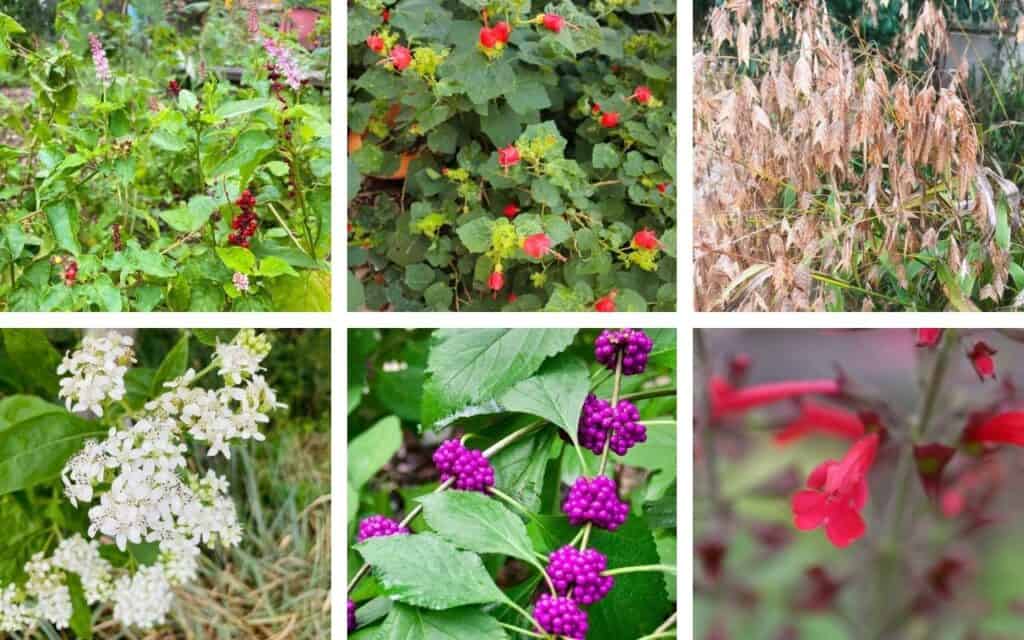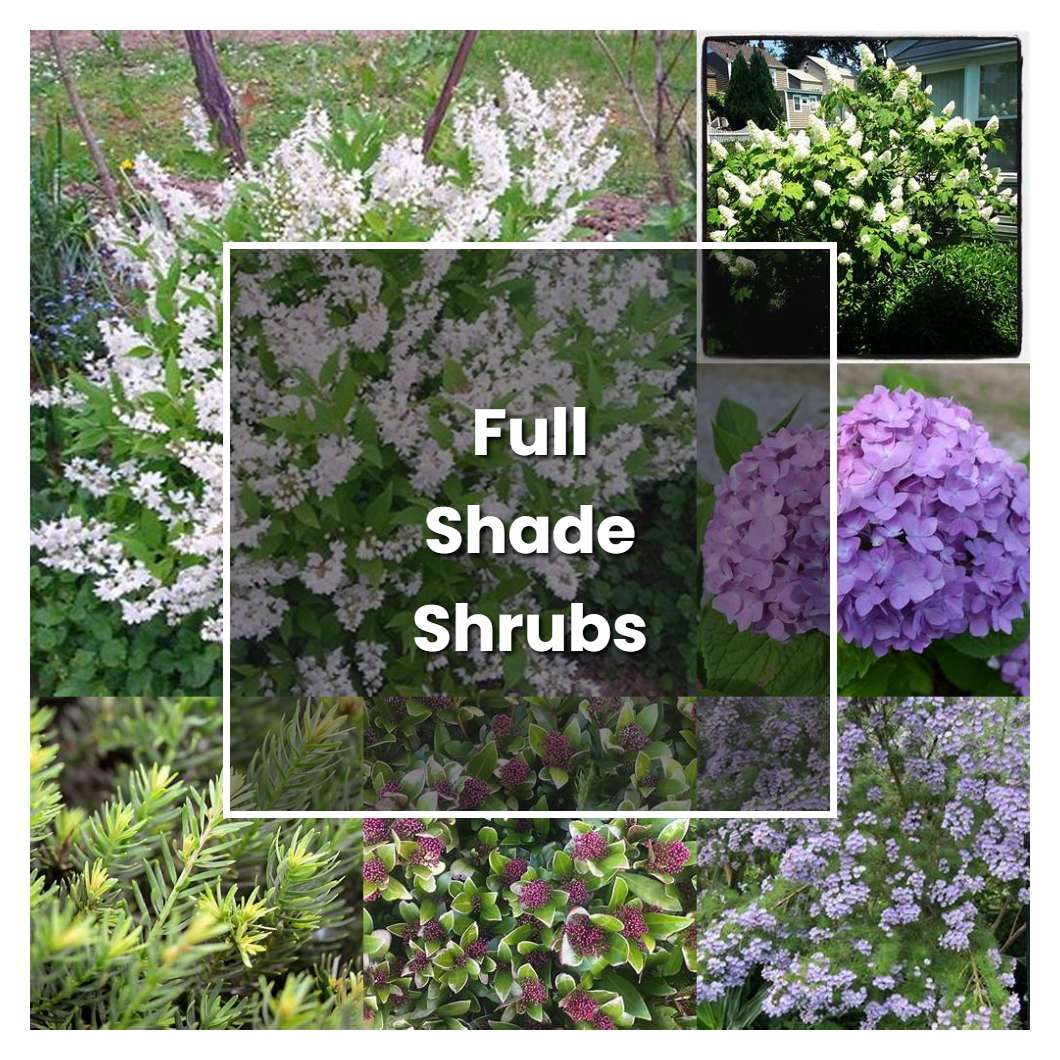Understanding Full Shade and Its Challenges
Full shade, defined as an area receiving less than 4 hours of direct sunlight per day, poses unique challenges for plant growth in North Texas. The region’s intense summer sun and limited sunlight during winter months can be detrimental to plants that are not adapted to these conditions. In full shade, plants often struggle to undergo photosynthesis, leading to reduced growth rates and increased susceptibility to disease. Furthermore, the hot and dry summers in North Texas can exacerbate soil moisture issues, making it essential to choose plants that are tolerant of drought and extreme temperatures.
When selecting plants for full shade in North Texas, it is crucial to consider the specific microclimate of the area. The region’s USDA Hardiness Zone 8a means that plants must be able to withstand temperatures as low as 10°F (-12°C) and as high as 100°F (38°C). Additionally, the area’s alkaline soils can be challenging for plants that prefer acidic conditions. By understanding the challenges of full shade in North Texas, gardeners can make informed decisions when choosing plants that will thrive in these conditions.
Full shade plants in North Texas must be able to adapt to low light conditions, which can be achieved through various mechanisms such as increased leaf density, modified leaf texture, and altered growth habits. For example, plants with thick, waxy leaves can conserve water and protect themselves from extreme temperatures. Similarly, plants with a compact growth habit can reduce transpiration and minimize moisture loss. By selecting plants that have evolved to thrive in full shade, gardeners can create a lush and vibrant garden even in the most challenging conditions.
Choosing the Right Plants for Full Shade in North Texas
When it comes to selecting plants for full shade in North Texas, there are several key characteristics to look for. Plants that thrive in full shade typically have dense foliage, which helps to capture and utilize limited light. They may also have modified leaf textures, such as thick, waxy, or hairy leaves, which help to conserve water and protect against extreme temperatures.
Another important consideration is adaptability to low light conditions. Plants that can tolerate low light levels are often more compact and produce fewer flowers, but they can still provide attractive foliage and texture to the garden. Some examples of plants that thrive in full shade in North Texas include Cast Iron Plant (Aspidistra elatior), Chinese Evergreen (Aglaonema modestum), and Pothos (Epipremnum aureum).
Using native plants is also an excellent option for full shade gardens in North Texas. Native plants have evolved to thrive in the local climate and soil conditions, making them well-suited to full shade environments. They also require less maintenance and care, as they are adapted to the local ecosystem. Some examples of native plants that thrive in full shade in North Texas include Texas Sage (Leucophyllum frutescens) and Hill Country Penstemon (Penstemon triflorus).
In addition to their adaptability and low maintenance requirements, native plants also provide important benefits for local ecosystems. They provide food and shelter for native wildlife, and help to maintain soil health and prevent erosion. By incorporating native plants into a full shade garden, gardeners can create a sustainable and environmentally-friendly landscape that requires minimal maintenance and care.
Top 5 Full Shade Plants for North Texas Gardens
When it comes to selecting the best full shade plants for North Texas gardens, there are several options to consider. Here are five top picks that thrive in full shade conditions:
1. Cast Iron Plant (Aspidistra elatior) – This low-maintenance plant is known for its ability to tolerate full shade and neglect. It has beautiful, dark green leaves that add a touch of elegance to any garden.
2. Chinese Evergreen (Aglaonema modestum) – With its attractive, variegated leaves, Chinese Evergreen is a popular choice for full shade gardens in North Texas. It’s also relatively low-maintenance and can tolerate a range of soil conditions.
3. Pothos (Epipremnum aureum) – Pothos is a versatile, low-maintenance plant that thrives in full shade conditions. It has heart-shaped leaves with variegated patterns and can be trained to climb or trail.
4. Peace Lily (Spathiphyllum wallisii) – With its elegant white blooms and dark green leaves, Peace Lily is a popular choice for full shade gardens in North Texas. It’s also known for its air-purifying properties and can help to remove toxins from the air.
5. Ajuga (Ajuga reptans) – Ajuga is a low-growing, spreading plant that thrives in full shade conditions. It has attractive, purple flowers in the spring and has a moderate growth rate.
These five plants are just a few examples of the many full shade plants that thrive in North Texas gardens. By incorporating these plants into your garden design, you can create a beautiful and thriving full shade garden that requires minimal maintenance and care.
How to Care for Full Shade Plants in North Texas
Caring for full shade plants in North Texas requires attention to watering, fertilizing, and pruning. Since full shade plants often have lower growth rates, they require less frequent watering. However, it’s essential to ensure the soil is consistently moist but not waterlogged, as this can lead to root rot and other problems.
Fertilizing full shade plants in North Texas should be done sparingly, as they require fewer nutrients than plants in sunnier conditions. A balanced, water-soluble fertilizer applied during the growing season (spring and summer) should provide sufficient nutrients. Avoid over-fertilizing, as this can damage the plants and the environment.
Pruning is also crucial for maintaining the health and appearance of full shade plants in North Texas. Remove any dead or damaged leaves or stems, and trim back overgrown plants to maintain their shape and promote healthy growth. Pruning also helps to prevent pests and diseases from spreading.
Soil quality and drainage are also essential for the health of full shade plants in North Texas. Use a well-draining potting mix or garden soil that is rich in organic matter. Avoid using heavy clay soils, as they can retain too much water and cause root rot.
Additionally, mulching around the base of full shade plants can help retain moisture, suppress weeds, and regulate soil temperature. Use a thin layer (2-3 inches) of organic mulch such as wood chips, bark, or leaves.
By following these care tips, you can help your full shade plants in North Texas thrive and enjoy a beautiful and lush garden even in the shadiest conditions.
Designing a Full Shade Garden in North Texas
Designing a full shade garden in North Texas requires careful consideration of the plants, hardscapes, and decorative elements. To create a visually appealing and thriving garden, select a mix of plants with varying textures and growth habits. Combine plants with different foliage densities, leaf textures, and flower colors to add depth and interest to the garden.
Incorporate hardscapes such as paths, patios, and retaining walls to define the garden space and provide structure. Use materials such as stone, brick, or wood to create a natural and inviting atmosphere. Consider adding decorative elements like garden ornaments, bird baths, or sculptures to add personality to the garden.
When selecting plants for a full shade garden in North Texas, consider the mature size of the plants and leave enough space for proper growth. Plant taller plants towards the north or west to avoid casting shade on smaller plants. Use a layered planting approach, with taller plants in the back and smaller plants in the front, to create a visually appealing and balanced garden.
Consider incorporating native plants into the garden design, as they are well-suited to the local climate and soil conditions. Native plants also provide important benefits for local ecosystems, such as supporting pollinators and providing habitat for wildlife.
Finally, don’t forget to incorporate a seating area or other features that invite relaxation and enjoyment of the garden. A full shade garden in North Texas can be a peaceful oasis, providing a respite from the heat and sun of the Texas climate.
Common Problems and Solutions for Full Shade Plants in North Texas
Despite the many benefits of full shade plants in North Texas, there are some common problems that may arise. One of the most common issues is pests, such as spider mites, mealybugs, and scale. These pests can be controlled with insecticidal soap or neem oil, and by maintaining good garden hygiene.
Diseases are another common problem for full shade plants in North Texas. Fungal diseases, such as root rot and leaf spot, can be caused by overwatering and poor air circulation. Bacterial diseases, such as bacterial leaf spot, can be caused by high humidity and poor sanitation. To prevent diseases, ensure good air circulation, avoid overwatering, and maintain good garden hygiene.
Nutrient deficiencies are also a common problem for full shade plants in North Texas. Full shade plants may require fewer nutrients than plants in sunnier conditions, but they still require essential nutrients like nitrogen, phosphorus, and potassium. Use a balanced fertilizer specifically formulated for full shade plants, and follow the manufacturer’s instructions for application rates.
Other common problems for full shade plants in North Texas include poor soil quality, inadequate drainage, and extreme temperatures. To address these issues, use a well-draining potting mix or garden soil, and ensure that the plants are receiving adequate water and nutrients. Protect the plants from extreme temperatures by providing shade cloth or other forms of protection.
By being aware of these common problems and taking preventative measures, gardeners can enjoy a thriving and healthy full shade garden in North Texas.
Native Plants for Full Shade in North Texas: A Sustainable Option
Native plants are an excellent choice for full shade gardens in North Texas, as they are well-suited to the local climate and soil conditions. Native plants have evolved to thrive in the region’s hot summers and mild winters, and they require less maintenance and care than non-native plants.
One of the benefits of using native plants in full shade gardens is their adaptability to low light conditions. Many native plants in North Texas have adapted to the region’s dense tree canopy and can thrive in full shade conditions. Examples of native plants that thrive in full shade include the Texas Sage (Leucophyllum frutescens), Hill Country Penstemon (Penstemon triflorus), and the Mexican Feathergrass (Nassella tenuissima).
Native plants also provide important benefits for local ecosystems. They support local pollinators, such as bees and butterflies, and provide habitat for wildlife. By using native plants in full shade gardens, gardeners can help to support the local ecosystem and create a sustainable and environmentally-friendly garden.
Additionally, native plants require less water and fertilizers, making them a low-maintenance option for full shade gardens. They also tend to be more resistant to pests and diseases, reducing the need for pesticides and other chemicals.
By incorporating native plants into a full shade garden in North Texas, gardeners can create a beautiful and sustainable garden that requires minimal maintenance and care.
Conclusion: Creating a Thriving Full Shade Garden in North Texas
Creating a thriving full shade garden in North Texas requires careful consideration of the plants, soil, and design. By choosing the right plants, such as the Cast Iron Plant, Chinese Evergreen, and Pothos, and providing the right care, including watering, fertilizing, and pruning, gardeners can create a beautiful and sustainable garden.
Designing a full shade garden in North Texas also requires attention to hardscapes and decorative elements, such as paths, patios, and garden ornaments. By incorporating native plants, gardeners can support local ecosystems and create a low-maintenance garden.
Common problems, such as pests, diseases, and nutrient deficiencies, can be prevented and solved with the right knowledge and techniques. By being aware of these potential issues, gardeners can take steps to prevent them and ensure a healthy and thriving garden.
By following the tips and advice outlined in this article, gardeners can create a thriving full shade garden in North Texas that provides beauty, sustainability, and enjoyment for years to come.







